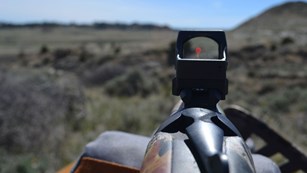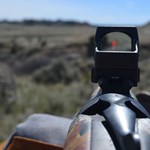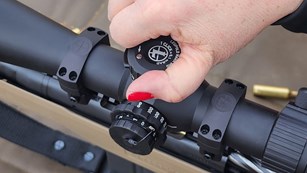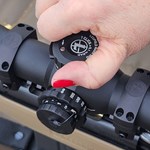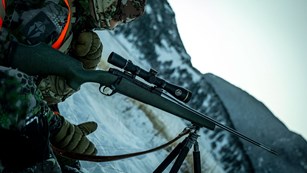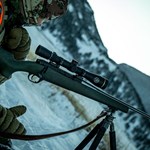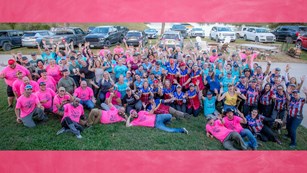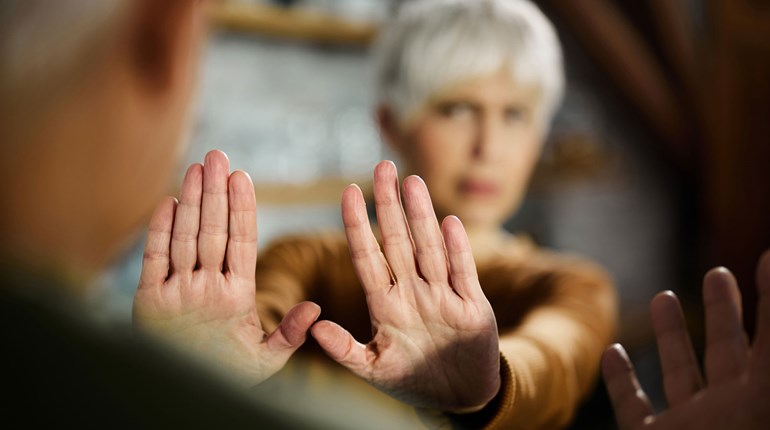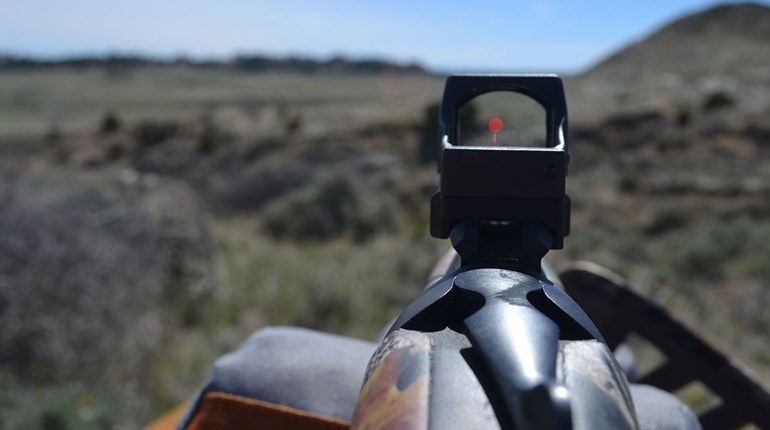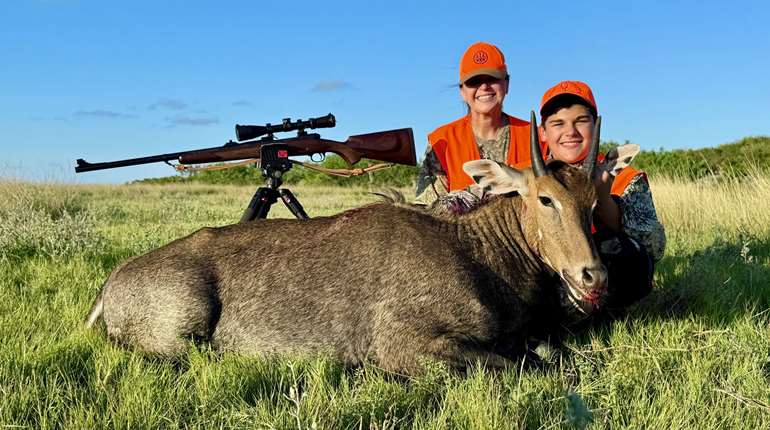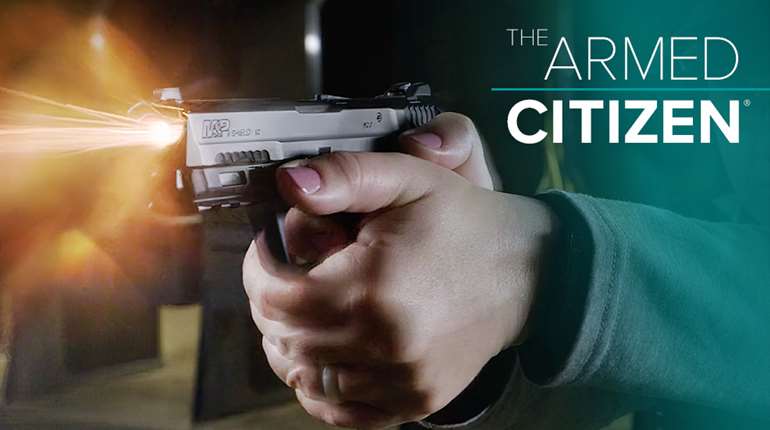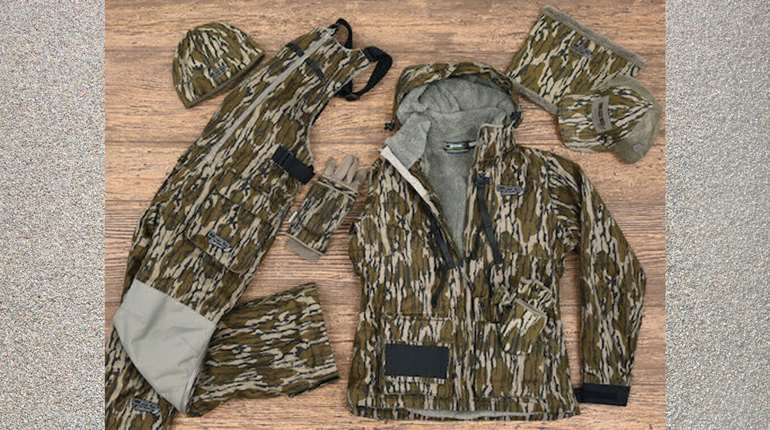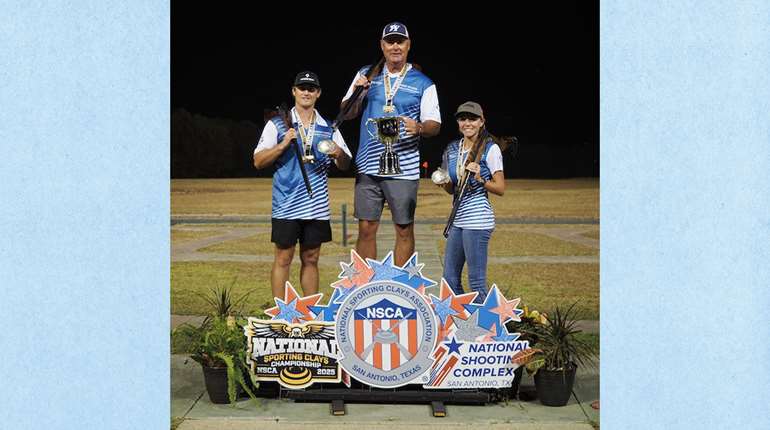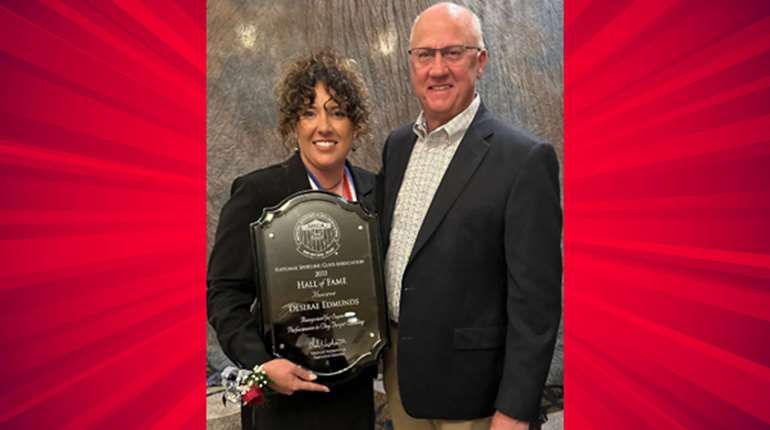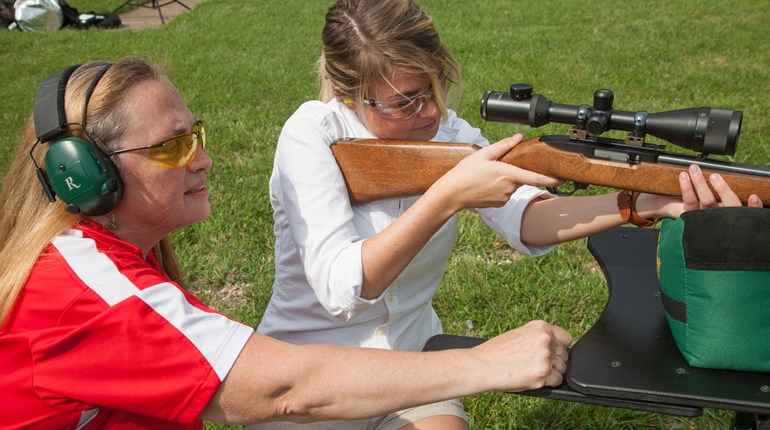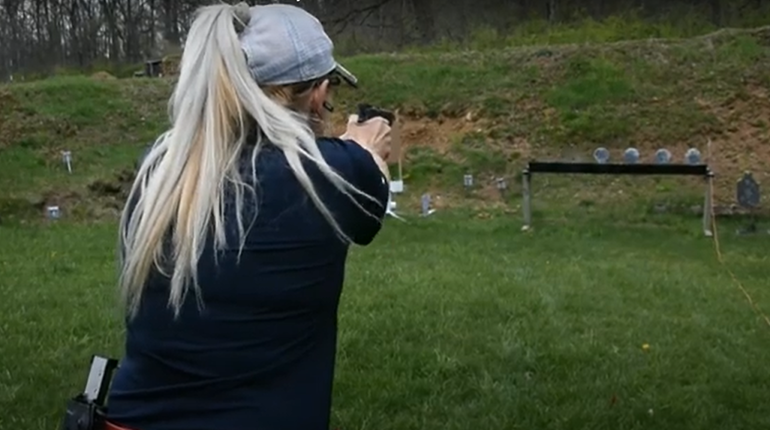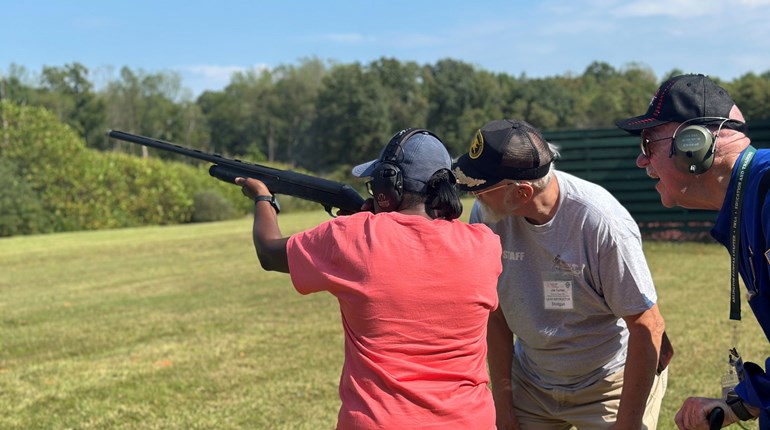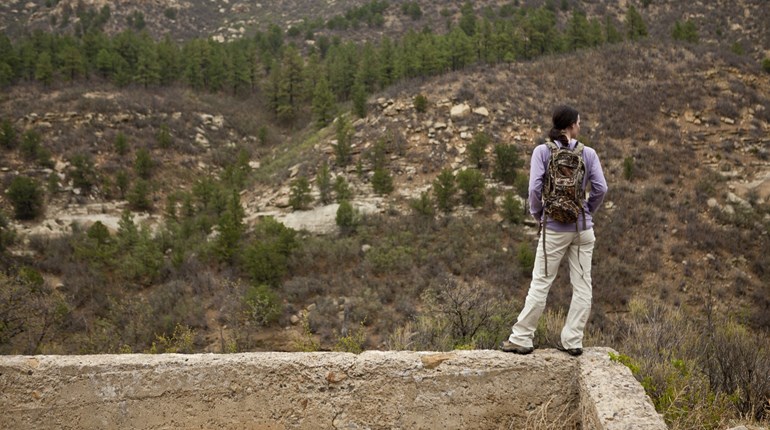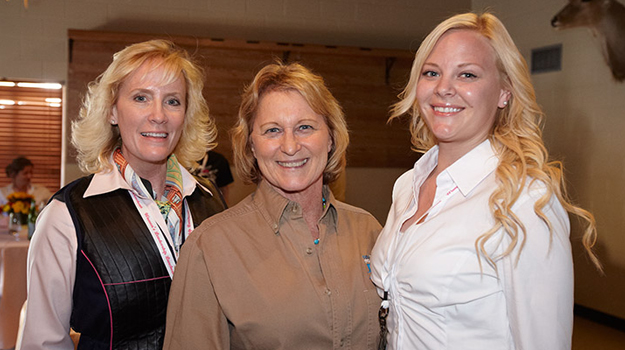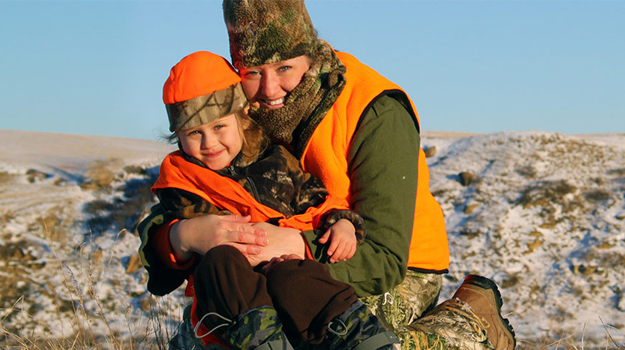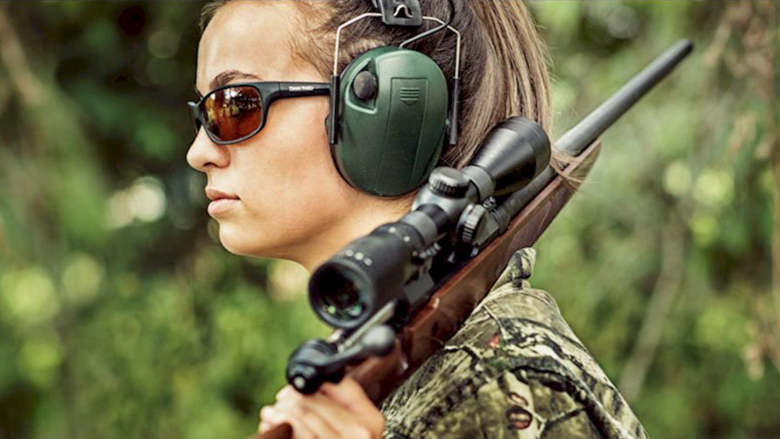
As I’ve written about before, fear is your body’s natural response to danger—real, present, actual danger. If it’s a hypothetical or future problem you’re afraid of, that’s not actually fear; it’s anxiety. Fear is the body’s way of preparing you to protect yourself or to escape a bad situation.
True fear in the presence of a threat will clear your mind to focus exclusively on survival, and it usually comes with physical changes as a response to adrenaline—your heart rate increases, blood flows to your major muscle groups in preparation for action, your pupils dilate, and your sensitivity to pain decreases in anticipation of a potential altercation. When you are facing a genuine threat, these are all good things; they prepare your body for fight or flight. However, there’s at least one more “F” in the list of potential reactions to danger: freeze. That’s the one thing I don’t want you to do, but unfortunately, it’s a pretty common reaction. And it’s the result of panic.
Panic is, according to the dictionary, “sudden uncontrollable fear or anxiety, often causing wildly unthinking behavior.” If you let your fear turn into panic, you might freeze, or you might misuse your body’s adrenalized fight-or-flight response in a totally foolish or inappropriate way. This is not going to do you any favors when you’re trying to escape danger. So how do we avoid panic?
Evy Poumpouras is a former U.S. Secret Service agent and author of the book Becoming Bulletproof, which is not necessarily a self-defense book, but it is all about developing resilience and learning how to survive tough situations. In the intro to the book, she warns about panic: “Survival is about mastering yourself and your fear response, being able to think and act while keeping your panic at bay. Being able to navigate your mental and physical response to fear is your number one survival skill.”
“Panic causes us to lose control of our faculties,” Poumpouras writes. “When we panic, we can’t think, can’t reason, can’t process or plan. And under extreme conditions, panic is likely to kill you faster than whatever it is you’re afraid of.”
She emphasizes that managing your fear is a deliberate choice—you are not powerless in this. She goes on to write, “The best way to manage fear is preparation. It isn’t hiding from the things we’re afraid of—it’s facing them head-on, taking responsibility for our own safety, and giving ourselves the tools and knowledge we need to manage any situation that might come our way. It’s about confidence, personal strength, and self-sufficiency.”
I’d argue that NRA women who read personal-safety articles like this, who consciously practice condition yellow and who have chosen to carry a concealed firearm for self-defense, are already well down the path of having the knowledge, tools and confidence Poumpouras writes about. Confidence comes from knowing you can do something (like shoot straight under pressure) because you’ve done it successfully before. This is why we train; it builds our skill, and that builds our confidence, and that in turn helps us not to panic if we ever need to use that skill in a life-or-death situation.
In addition to advance preparation, the keys to not panicking are staying present, focusing on the threat, and acting. If you start feeling panicky, you’re drawing inward and focusing on your own emotions, which doesn’t help anything. Deliberately turn your thoughts back to the threat. If you discover that there actually isn’t one, just a hypothetical, future, or potential threat or something happening way over there, great! You’re in condition orange, not red, and you probably have a way to manage this situation or get out of it altogether before things go pear-shaped.
If there is an actual, immediate threat right in front of you, your fear is genuine, and you need to do something. The one thing you can’t do is stand there frozen and let the situation get worse. Having trained with your handgun ahead of time will be a major confidence booster here; we often say that we “default to the level of our training,” so the better your training has been, the better your initial movement and response will be. But of course, this is something you have to start working on now.
The internet is full of advice on preventing a panic attack, like deep breathing exercises, visualization techniques and counting backward from 100. Obviously, if you are imminent danger, there’s no time for any of these things. Rather, the keys to preventing panic are:
- Training ahead of time, both physically and mentally, to handle a life-or-death situation (this includes plenty of range time, training under pressure if possible, and doing some mental work around the topic of personal protection).
- Focus on the threat, not yourself and your feelings.
- Move! Do something. If it turns out to be the wrong thing, re-evaluate and do something else, but don’t just stand there letting your emotions get more and more frantic.
“Being fearless is bullshit,” Poumpouras writes. “It isn’t possible to live without fear, and it shouldn’t be necessary in order for you to live a healthy, successful life. Fear is natural and useful, and it keeps us alive.” Panic, on the other hand, does not. But with the right mindset, some simple tricks and the knowledge and confidence that come from plenty of advance preparation, you can use your fear wisely and stop it from turning into panic.
